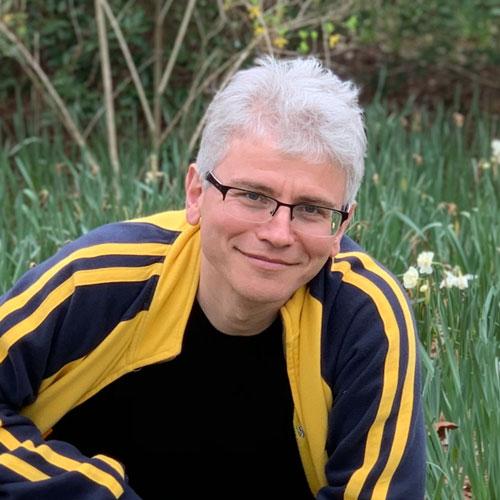Ilya NemenmanSamuel Candler Dobbs Professor
Awards and Honors
- 2021— Simons Investigator
- 2017-2020 — Winship Distinguished Research Professor of Physics and Biology
- 2016 — Fellow, American Physical Society
- 2015-2025 — General Member, Aspen Center for Physics
- 2013, 2015 — Phi Beta Kappa mentor recognition
- 2013-2017 - Chair Line, Division of Biological Physics, American Physical Society
- McDonnell Foundation 21st Century Science Initiative Fellow
Education
Ph.D., Princeton University, 2000
Publications
View publications on Google Scholar.
Research
Research Area
Theoretical biophysics, coarse-grained modeling in systems biology and neuroscience, information transduction in biological systems, learning and adaptation in molecular, neural, and evolutionary systems.
Research Interests
I am a physicist working to understand how biological systems, such as cells, organisms, and populations, learn from their surrounding environment and respond to it (we call this "biological information processing"). Put differently, What are the computational primitives employed by living organisms to compute their way through life? We are trying to understand if there are phenomenological, coarse-grained, and yet functionally accurate representations of biological processes, or if we are forever doomed to every detail mattering. The dream is that, by stripping unnecessary details, we will eventually understand the basics of how we can function reliably in an ever changing world.
I hope to achieve some quantitative understanding of such complex phenomena as evolution, sensory processes, animal behavior, human cognition, and, who knows, maybe one day even human consciousness. We use methods of statistical physics, information theory, and machine learning to address these questions. We solve purely theoretical questions, and in addition work tightly with experimental collaborators to understand how these questions apply to their systems.
For example, different members of the research group study primate visual brain, work on neural signal transduction and behavioral responses of the worm C. elegans to sensory stimulation, model evolution and dynamics of cellular suicide, and explore multicellular, collective effects in cellular signaling.
